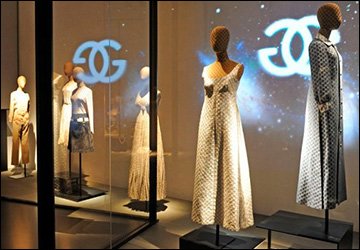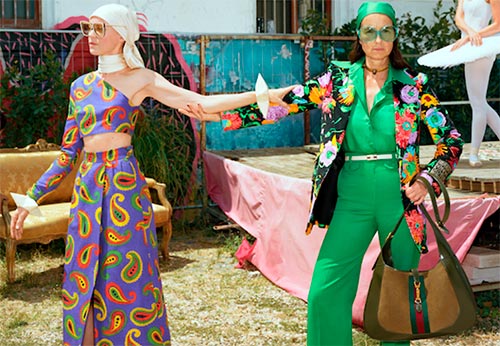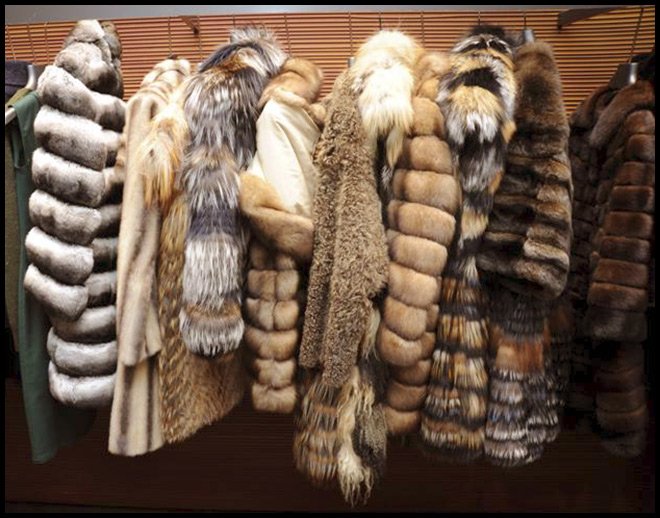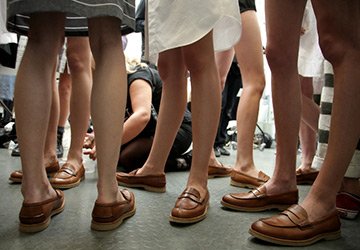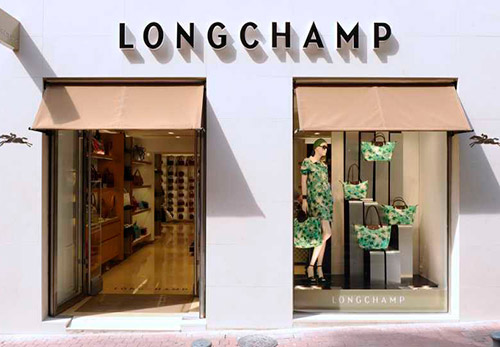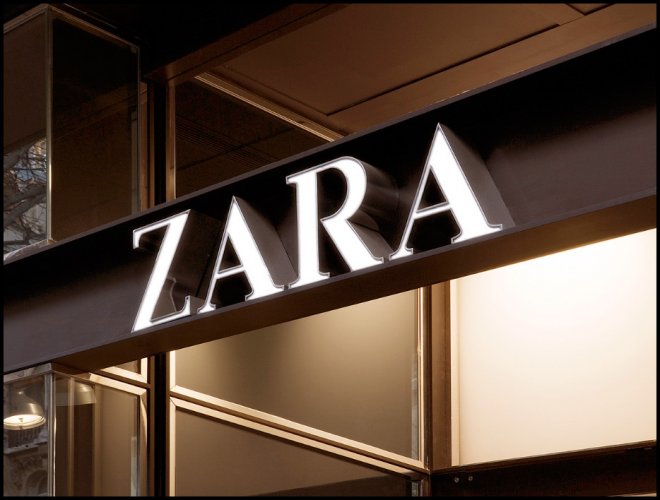Fashion history
The Gucci family and the history of the Gucci brand
Italy. Florence - 1921 Guccio Gucci (Italian Guccio Gucci) (1881-1953) opened his own small leather workshop and a small shop. The son of a Florentine merchant, accustomed to work from childhood, Guccio worked harder and harder, and soon they started talking about him. Guccio was used to working, as they say "conscientiously", his assortment included bags, suitcases, gloves, belts, shoes. All this was done conscientiously and efficiently. Gradually, Guccio began to attract the best craftsmen to his work. There were customers from all over Europe who appreciated the highest quality of Guccio's products. In 1938, the first boutique was opened in Rome. In 1947, he launched a bag with bamboo handles, which is also Guccio's signature product. His luxury goods had distinctive symbols: bridle, spur, stirrup, striped (green-red ribbon).
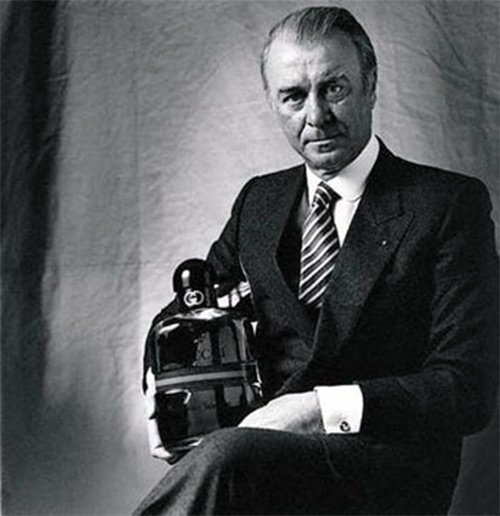
Guccio Gucci
In the 50s, the already well-known Gucci company produced suede moccasins that everyone liked and gained popularity. After the death of the founder, the company gained international fame - boutiques were opened in London, New York, Paris. In the 60s, shops were opened in Hong Kong, Tokyo. At the same time, the company develops its world-famous GG logo, as well as the Flora silk scarf, which actress Grace Kelly loved very much, and a shoulder bag for Jackie Kennedy, which have become symbols of the company. During these years the company was at the pinnacle of success.
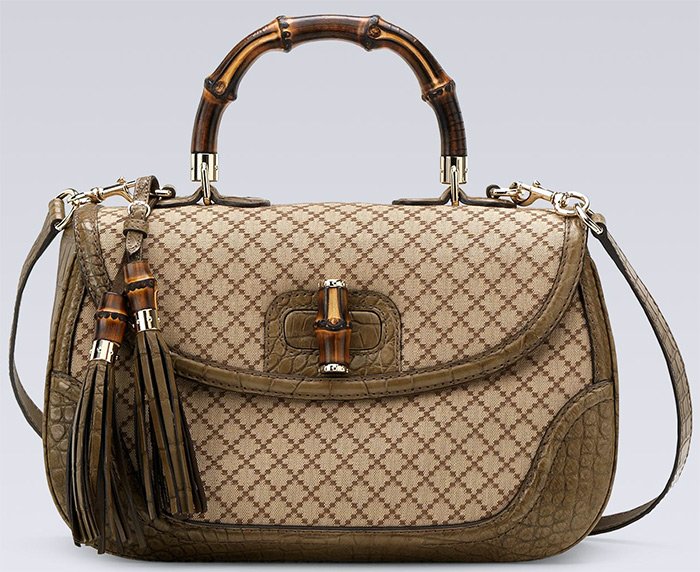
There were many competitors, but the company managed to remain popular, and its unique products have always been the embodiment of style and elegance in the fashion world.
However, family conflicts turned out to be stronger than competitors, which was detrimental to business. Unfortunately, the hot and emotional nature of the family members is holding back the more successful development of House Gucci. Often, meetings about the organization and management of stores, as well as about inheritance, ended in violent disputes and disagreements between family members. Sometimes bags, wallets, ashtrays flew into each other. These quarrels nearly led the company to bankruptcy.
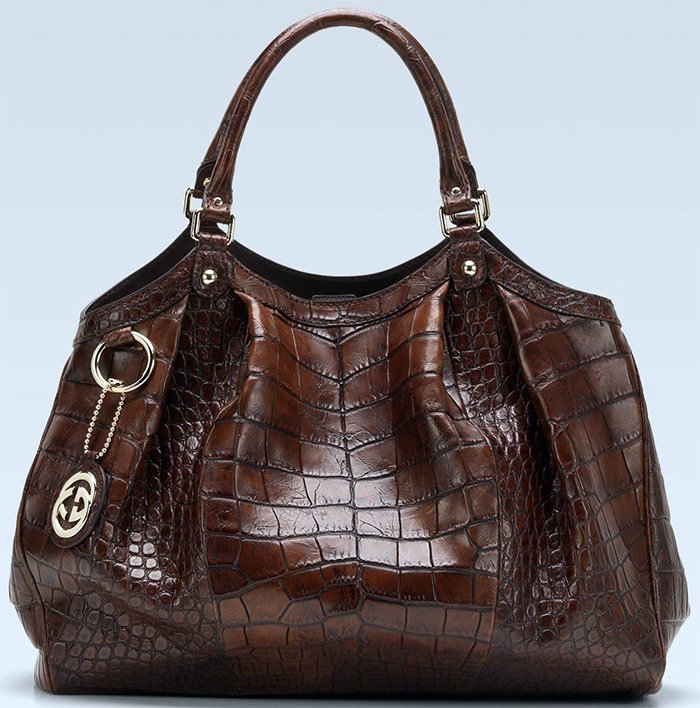
In the 70s, brothers Aldo and Rodolfo Gucci owned 50% of the company. Aldo designed the Gucci Accessories Collection to enhance the sales of the Gucci Parfums line. This collection mainly contained small items: lighters, pens, cosmetic bags; and was inexpensive. For several years this assortment was sold very successfully, but cheap goods gradually belittled the name of the company, and at that time Gucci owed its success to such admirers as Elizabeth Taylor, Audrey Hepburn, Grace Kelly, Jacqueline Onassis.
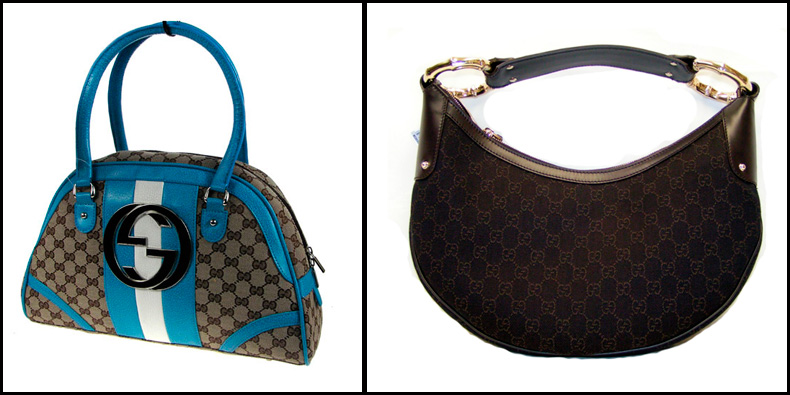
After Rodolfo's death in 1983, his son Maurizio established a Gucci Licensing division in Holland. He then recruited Dawn Mello, then popular in the retail business, as executive vice president. In the early 80s, many could have obtained a license to produce their goods under the Gucci brand. There have been cases where the Gucci logo was even put on rolls of toilet paper! Former Gucci aficionados were leaving their idol. From 1987 to 1993, the investment group Investcorp acquires shares in the company. In 1993, Maurizio sold his last stake to Investcorp, as most of the company's managers decided that he was unable to lead. This was confirmed by the fact that Gucci was on the verge of bankruptcy. Since then, the company is no longer owned by the Gucci family. Immediately, the transformations began, which are associated with the names of Domenico De Sole, who became the head of the company and Tom Ford, the creative director.
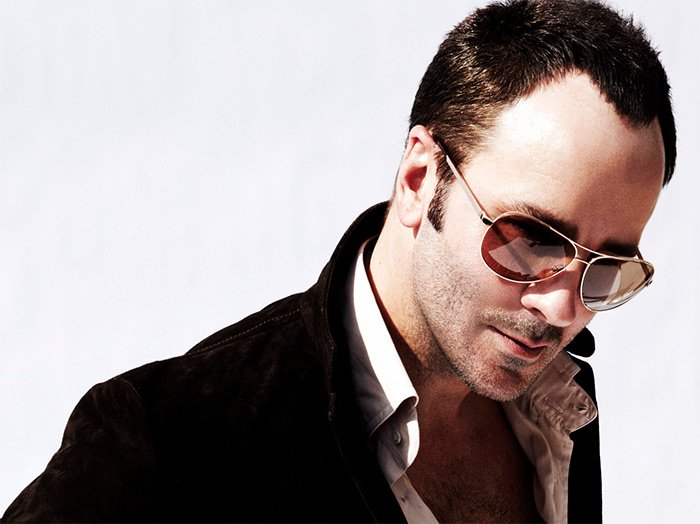
Tom Ford
Tom Ford, who grew up in Texas, was interested in fashion from an early age and graduated from the School of Design in architecture. Dawn Mello could see his talent, and in 1990 he already works for Gucci.Within three years, he managed to raise the Gucci brand and lead it to greatness, which she had already forgotten as a result of heated battles between family members. He made a splash back then with his shoes, bags, belts that looked incredibly sexy and raised annual income from $ 250 million to a billion. Then it became clear to many that fashion is a business in which the pinnacle of success is achieved thanks to the leadership.
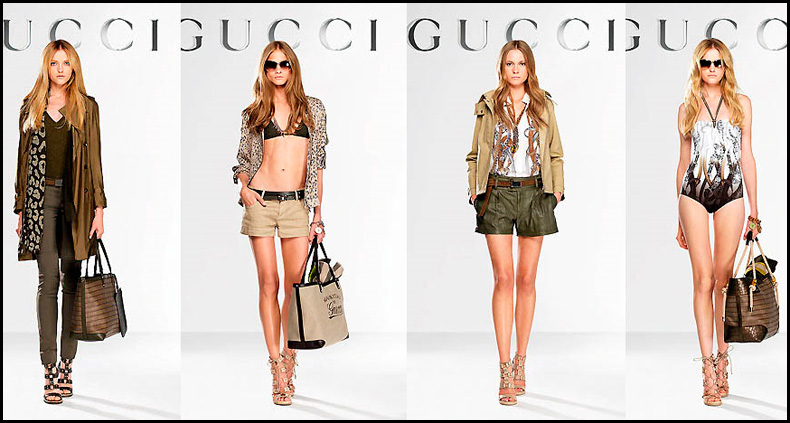
By 1998, the company regained its lost ground and began again producing luxury goods. The assortment included the highest quality watches, cosmetics, perfumes and jewelry. De Sole and Ford's plans were ambitious - to turn the company into one of the best pillars of the fashion world.
Her main competitors could not fail to notice this - LVMH, which united under his tutelage such brands as Givenchy, Dior, Louis Vuitton and others. It was he who made the takeover attempt.
To protect against LVMH, guide Gucci formed a strategic alliance with Pinault Printemps Redoute (PPR).
This time, Bernard Arnault, the head of LVMH, failed and was unable to merge Gucci with LVMH. This struggle lasted until 2004.
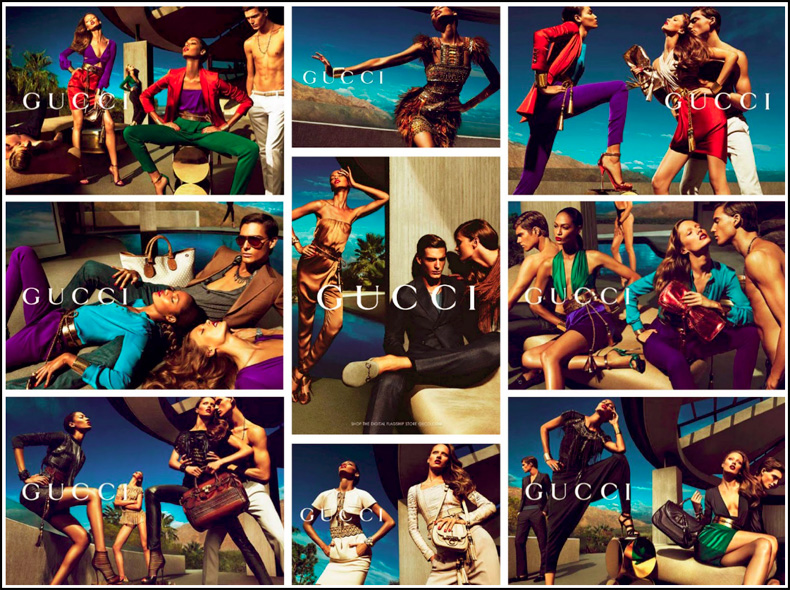
Today, Gucci is owned by the French conglomerate Pinault-Printemps-Redoute (PPR), which is the second largest luxury goods company after LVMH.
Gucci again attracts talented designers who create new, exclusive pieces of the highest quality, which continue the path that began in 1921 with a small shop in Florence. The recently published book "Gucci by Gucci", dedicated to the 85th anniversary of the trading house, is as gorgeous and a work of art as anything that Gucci produces.
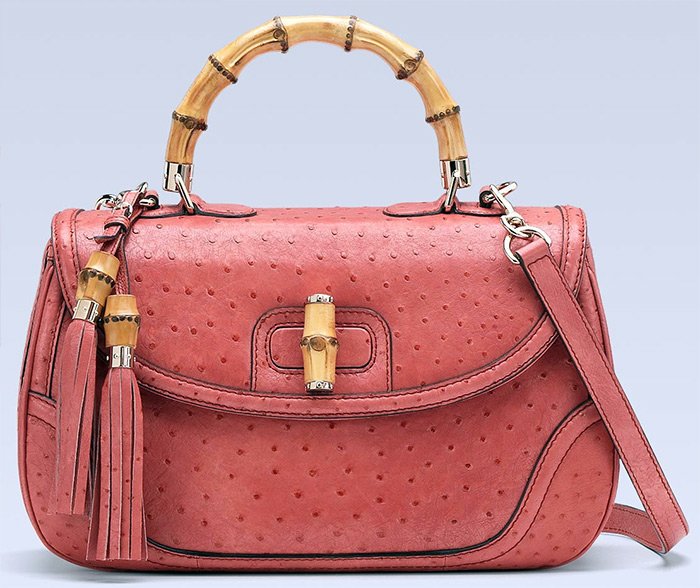
At present Gucci brand owns a portfolio of brands, each of which plays a specific role in a well-functioning business the Gucci mechanism. Yves Saint Laurent and Bottega Veneta are the backbone of the business. Boucheron, Bedat & Co and YSL Beaute are the jewelry, watch, cosmetics and perfume industries. And the brands Alexander McQueen, Balenciaga, Stella McCartney, Sergio Rossi are the avant-garde, the cutting edge of the ongoing war for the minds and souls of the sophisticated public.
Gucci womenswear collection, Milan Fashion Week
(collection spring-summer 2024)
Comments and Reviews
Add a comment
Rating news
Shades of clothing that make women look younger
What shades of hair make women younger: rules and photos
Funny wedding dresses - photos and ideas
12 most expensive down jackets for the winter
How to look 25 at 40: tips from supermodels
Beautiful schoolgirls
Anti-aging haircuts and hairstyles for women
Fashionable skirts for autumn and winter
Fashionable women's trousers for the cold season
Fashionable and stylish sandals for summer 2024
Spring-summer 2024
 Fashionable dresses and tops with thin spaghetti straps
Fashionable dresses and tops with thin spaghetti straps
 Bandana tops: how to wear stylishly and beautifully
Bandana tops: how to wear stylishly and beautifully
 How to put together the perfect men's wardrobe for the summer
How to put together the perfect men's wardrobe for the summer
 Trendy shorts for spring-summer 2024
Trendy shorts for spring-summer 2024
 Fashionable skirts for spring-summer 2024: a guide to online shopping
Fashionable skirts for spring-summer 2024: a guide to online shopping
 The most fashionable dresses spring-summer 2024: styles and colors
The most fashionable dresses spring-summer 2024: styles and colors
 Fashionable total look 2024: image ideas and trends
Fashionable total look 2024: image ideas and trends
